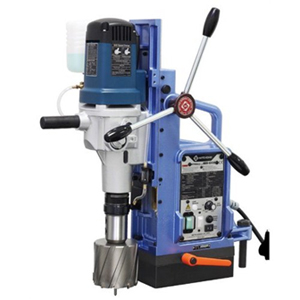Schedule a Call Back
Still a Long Way to go
 Industry News
Industry News- Mar 19,25

Related Stories

Texmaco Rail Secures Rs 1.32 billion BLSS Wagon Order from TTRL
Texmaco Rail & Engineering Limited has secured an order worth Rs 1.32 billion, excluding taxes, from Touax Texmaco Railcar Leasing Private Limited (TTRL) for the supply of a rake comprising BLSS and..
Read more
TIL Limited Secures Rs 2 Bn Orders from CONCOR and Indian Armed Forces
These orders validate our dual capability to serve both India's commercial infrastructure expansion and critical defence requirements with equal engineering excellence.
Read more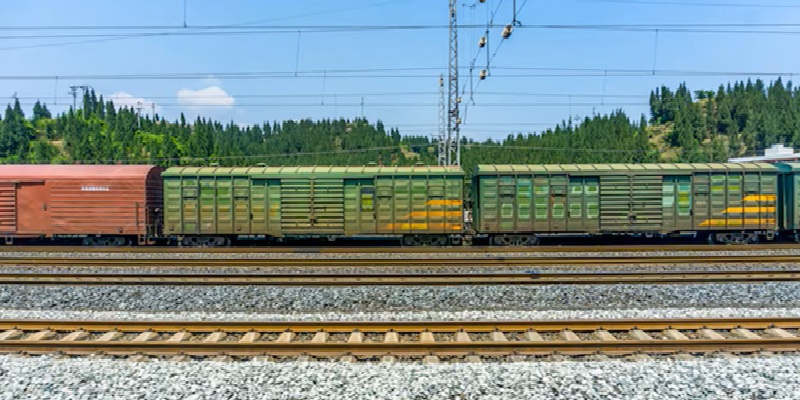
Alstom Marks 10 Years of MELPL and India’s Most Powerful Freight Locos
Alstom today celebrated 10 successful years of Madhepura Electric Locomotive Private Limited (MELPL), its partnership with Indian Railways dedicated to building India’s most powerful electric frei..
Read moreRelated Products
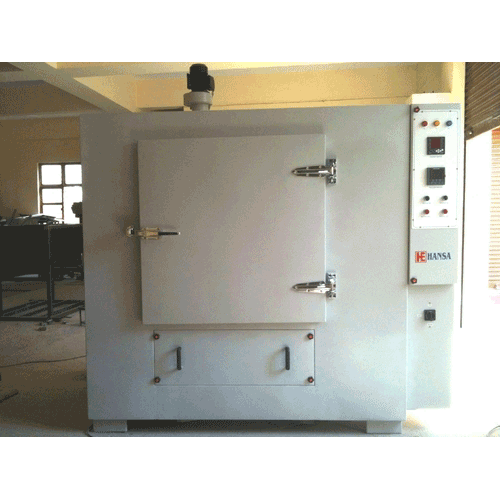
Heavy Industrial Ovens
Hansa Enterprises offers a wide range of heavy industrial ovens.
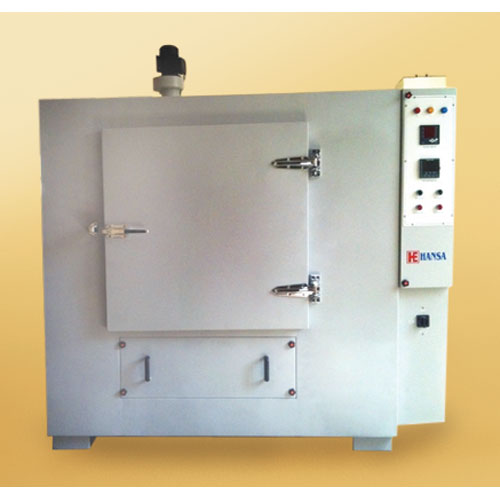
High Quality Industrial Ovens
Hansa Enterprises offers a wide range of high quality industrial ovens. Read more
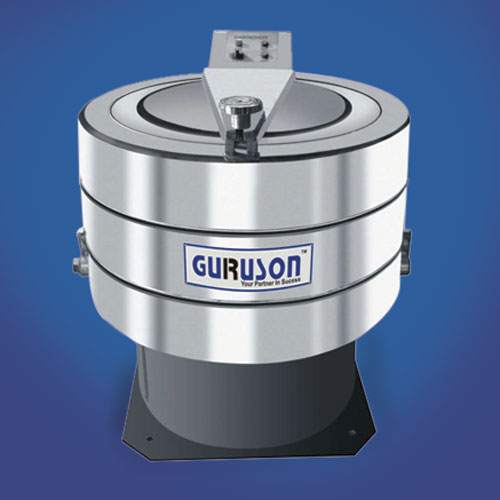
Hydro Extractor
Guruson International offers a wide range of cone hydro extractor. Read more









